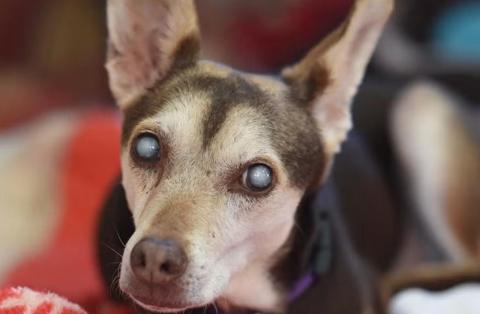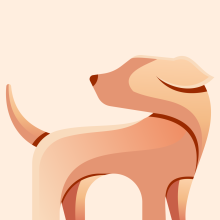
Published on April 16 by Julia
Cataracts are a common eye condition in dogs that can significantly affect their vision. While it can be alarming to see your dog’s eyes change, cataracts are often manageable with the right treatment. Understanding the signs and causes can help you act early and preserve your pup’s quality of life.
A cataract is a cloudy or opaque area that forms in the lens of the eye, blocking light from reaching the retina. In healthy eyes, the lens is clear and helps focus light. When cataracts develop, they reduce vision and can eventually lead to blindness if left untreated.
Cataracts can affect one or both eyes and may progress slowly or rapidly depending on the cause.
Dog owners may notice a variety of changes when cataracts begin to develop. Some of the most common signs include:
These symptoms may worsen as the cataract matures, further impairing vision.

Cataracts can develop for several reasons, including:
If you suspect your dog has cataracts, a veterinary exam is crucial. A general vet may refer you to a veterinary ophthalmologist for a detailed eye exam using specialized tools to assess the lens and retina.
Note: Not all dogs are good candidates for surgery. Older dogs or those with other health issues may need to rely on non-invasive management.
While genetic cataracts can’t be prevented, you can reduce the risk or slow progression by:
Cataracts in dogs can be concerning, but early detection and treatment can make a huge difference. Whether it’s surgery or supportive care, many dogs go on to live happy lives—even with limited vision. If you notice any changes in your dog’s eyes or behavior, don’t wait—speak to your vet and explore the best options for your furry friend’s sight and comfort.
Discover More Content





